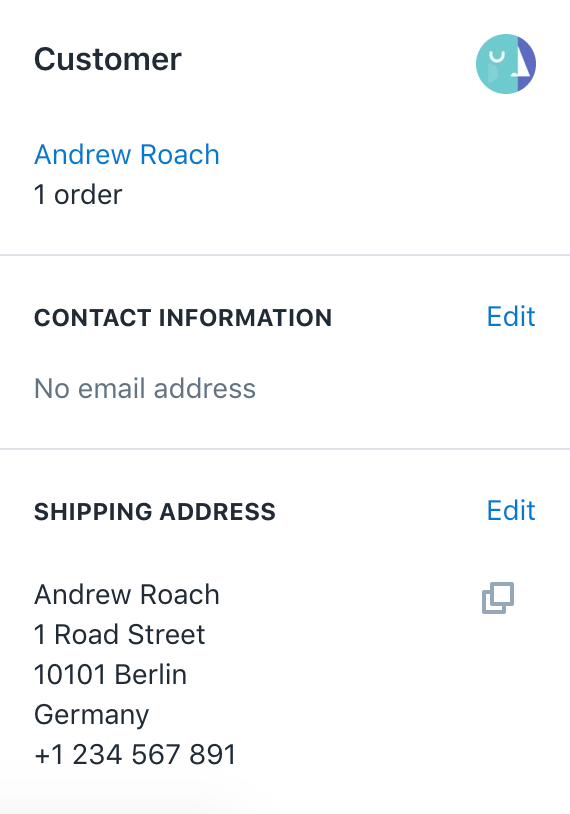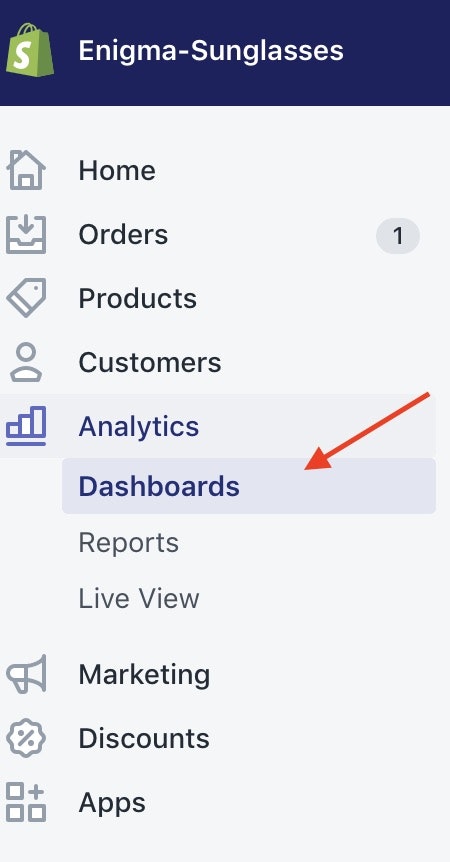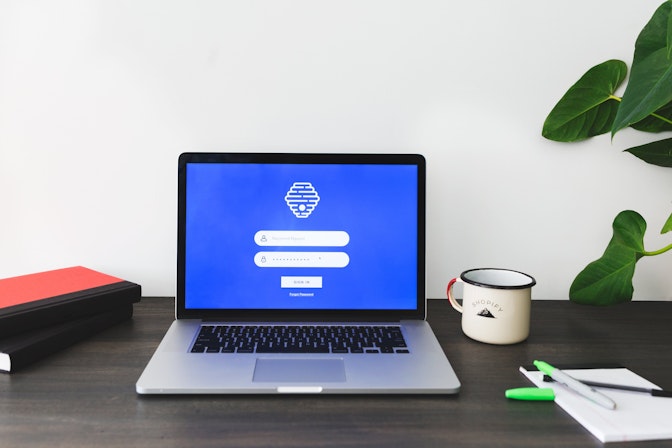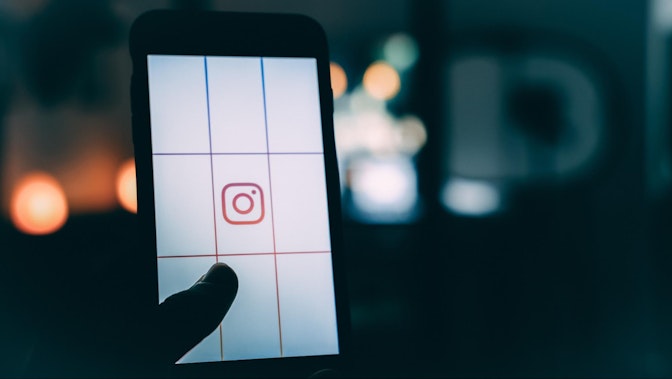Making your first sale is a big deal. Sit back, and enjoy the moment.
You did it. You managed to convince somebody that they need your products enough to purchase them. And it was probably from a store that they might not have heard of before.
Honestly, that’s exactly what entrepreneurship is all about – coming up with an idea and doing everything you can to execute it.
It’s an exciting time, but there’s something even bigger you should know. This is just the beginning. There will hopefully be many more sales in the future.
That is, if you put the work in.
So enough of the praise for now. You’ve made your first sale, but there’s still a lot of work to do.
Read on to learn the exact steps that you need to take once you’ve made your first sale to set yourself up to go on and make 100 more.
Ready? Let’s dive in.
Post Contents



Take Care Of Your First Sale

If you thought that landing your first sale was the end of your interaction with that customer, think again.
→ Click Here to Launch Your Online Business with Shopify
You’ve got to make sure that everything is okay with the order, and that the product is delivered safely to your first customer.
Because the absolute worst thing that can happen once you’ve landed a sale is the customer asking for a refund, trust us.
That takes you back to square one. You go from one sale back down to zero.
All of that time, effort, and money that you spent to land your first sale would feel like a waste.
And there are a bunch of reasons why a customer could ask for a refund – like the product arriving late, damaged, or worse… if it doesn’t arrive at all.
As you can imagine, you want to avoid all of those scenarios.
So let’s take a look at what you can do to make sure your customer receives their order with a smile on their face.
Double Check the Delivery Address
First things first, you always want to double check that you’ve received the correct delivery address from your customers.
This might feel like something super simple, but seriously, buyers can make honest mistakes all the time.
This is especially true if they’re using autofill in their browser – I’ve had problems with this in the past myself. It can scramble up your address, or leave out super important bits of information, like their door number, or secondary address.
It takes a minute to check the address, but it can save you a bunch of time and effort later down the line.
If there’s anything that looks out of place, just send them an email to double check if the address is correct.
You can check the delivery address by heading to the ‘Orders’ tab on your Shopify admin, clicking on the order in question, and looking at their Customer profile.
Take a look at this example below to familiarize yourself with it.

Make Sure You Ship Out on Time
This one probably goes without saying, but the best way to avoid customer complaints about late deliveries is to ship your products out as quickly as you can.
And if your customers have selected a specific delivery method that includes a tracking number, you should always provide it to them via email. They’ve spent extra money on that, so that’s something you really need to do.
Now, if you’re running a dropshipping business, shipping your products might be a little confusing.
Especially because it won’t be you who is shipping your products – it’ll be your supplier.
No problem, though. Just make sure that you fulfil your order as soon as you receive payment so that your supplier can start the delivery process.
Add Some Personal Touches
Handling the logistical side of things once you’ve made a sale is essential.
But, you’re an entrepreneur. You go above and beyond just the essentials.
That’s why you can always throw in some personal touches, especially when it’s your first customer.
You can always reach out to them with a personalized email thanking them for making a purchase from your store, and letting them know that you value them as a customer.
And you can also throw in some clever upselling tactics into that thank you email, which will hopefully help you to get some more sales. Don’t worry if you’re not familiar with upselling right now – we’ll dive deeper into this later on.
Learn Who Made the Sale


We need to figure out who your customer is.
And I don’t just mean looking at the name on the delivery address.
I mean checking if it was a male or a female, how old they were, what they’re interested in, and any other additional information that you can find out about them.
Why?
Simple – this is the very first person who actually believed in your brand enough to make a purchase.
So the best thing that you can do right now is try to find similar people who might also be interested in your products.
And once you’ve figured out who the person is, try to figure out if that matches up with who you thought your target audience was.
You might be surprised, it might be totally different from who you expected to purchase from your store.
Plus, this is exactly the type of data that can inform your marketing campaigns when you’re trying to land even more customers.
But, a word of warning – this is just your first customer.
You can’t make too many decisions from this data alone, so you don’t necessarily need to go back to the drawing board with everything you’ve done so far.
Just count this as a data point – one that can be super valuable for you moving forward.
Learn Where the Sale Came From

The next thing you’ll need to figure out is where exactly the came from.
Specifically, how you landed your first sale.
It’s really easy to just disregard this part once you’ve made your first sale, and assume that the marketing campaigns you’ve been running brought the sale in.
But, that might not always be the case.
And if it isn’t, well, you’re robbing yourself of valuable information by not checking.
Thankfully, there are ways to figure out how you landed your first sale, regardless of where it came from.
If you’re running Facebook ads to promote your business, you’ll be able to check on your Facebook Analytics tool. You can set up custom reports on Facebook Analytics to make it really simple to check how your ads are performing too.
BONUS: We dive deep into Facebook advertising in our courses. You can go from your first to 100th sale with the tips and tricks in this course. Learn more here.
Of course, you’ll also be able to use the native analytics tools for whichever platforms you’re advertising your products on, whether that be Instagram Insights, Twitter for Business, or something else.
And if you’re running your store on Shopify – which we highly recommend – you’ll be able to use their own analytics tools to check where your sale came from.
From your admin page on Shopify just click on Analytics → Dashboards and you’ll find a wealth of data about your store.

The specific charts that’ll give you a better understanding of where your first sale came from are “Sales by social source” and “Sales by traffic source.”
But, wait, let’s take a step back for a moment – why do you actually need to know this?
Well, knowing how you succeeded is just as important as figuring out how you failed something.
You always need to look back to try and gauge how things are going to go moving forward.
And if you see that a certain channel is drawing in sales, and shows potential to draw in even more, it’s a good sign that you’re moving in the right direction.
Alternatively, if you see that this sale was totally unexpected, and you’re not entirely sure where the sale came from, you might want to rethink how you’re marketing your products and look into new channels.
Analyze Your Marketing Campaigns

After you’ve checked who made the first purchase from your store, and where they purchased it from, you should always analyze your marketing campaigns.
Because, honestly, it’s pretty likely that there will be certain marketing campaigns that you’ve launched that work out better than others.
Let us be crystal clear here though – that’s not a problem.
Well, it isn’t as long as you look at the data available to you and react to it.
Because every campaign that you launch should be seen as a test. A test that, whether it’s successful or not, will give you something invaluable – data.
And if you don’t use that data to check which of your campaigns are working best, you could end up wasting your valuable time and money on marketing tactics that might not work for your brand.
So analyze the campaigns that you’re running, and if you see that certain ones are performing better than others – whether they be Facebook ads, Instagram influencer campaigns, or something else – you’re going to want to put more time, energy, and money into them.
Now, this isn’t something that you necessarily have to do after you’ve got your first sale – you’ll be able to this early on regardless of whether you’re getting sales or not.
But generally speaking, doubling down on what’s working will give you a much better chance to succeed.
And again, you’re not going to be able to make concrete decisions about your audience when you’ve only made one sale, but it’s a fantastic start, and there will definitely be learnings you can use.
Launch Upsell Campaigns

Upselling is a tactic that many entrepreneurs forget about for their first sale.
But, when you consider that 30 percent of shoppers say that they’d rather buy from a brand which they’ve bought from previously, and that repeat shoppers typically spend more than first-time shoppers, upselling is a must.
Luckily, upselling is pretty straightforward too.
If you’ve ever been to shopping at a supermarket, and you’ve noticed sweets or chewing gum at the checkout, that’s upselling in action.
Essentially, it’s convincing people who are already set on purchasing something from your store to add things to their carts to increase your average order value.
And, for you the entrepreneur, it’s a tactic that can make you more money.
But, how do you use it once you’ve already made your first sale?
Simple – you reach out to the person who’s already purchased from your store offering them an exclusive discount.
You can even throw in the discount code for their next purchase in the email that you send out to them thanking them for their purchase which we mentioned earlier.
Offer them a pretty big discount too, like 25 percent. It might seem like you’re throwing away money at first, but think about it – the work that you put in here for a potential sale is minimal.
And if you’re running your store on Shopify, creating a discount code for your brand is pretty straightforward. You can read a detailed guide on how to do it here.
Wait For the Sales to Roll In

Okay, now you’ve got all the knowledge that you need to nail your first sale and set your business up to make many more.
This is just scratching the surface though – the more sales you get, the more you’ll learn about your business and your customers.
And that’s because there isn’t really a right or wrong way to run a business – it’s an ever-changing process, and it’s one that you can always learn more about.
So get out there, and do your best to learn about your first sale so that you can bring in even more to your store.
Got any questions for us? Just drop them in the comments section below – we read them all!






